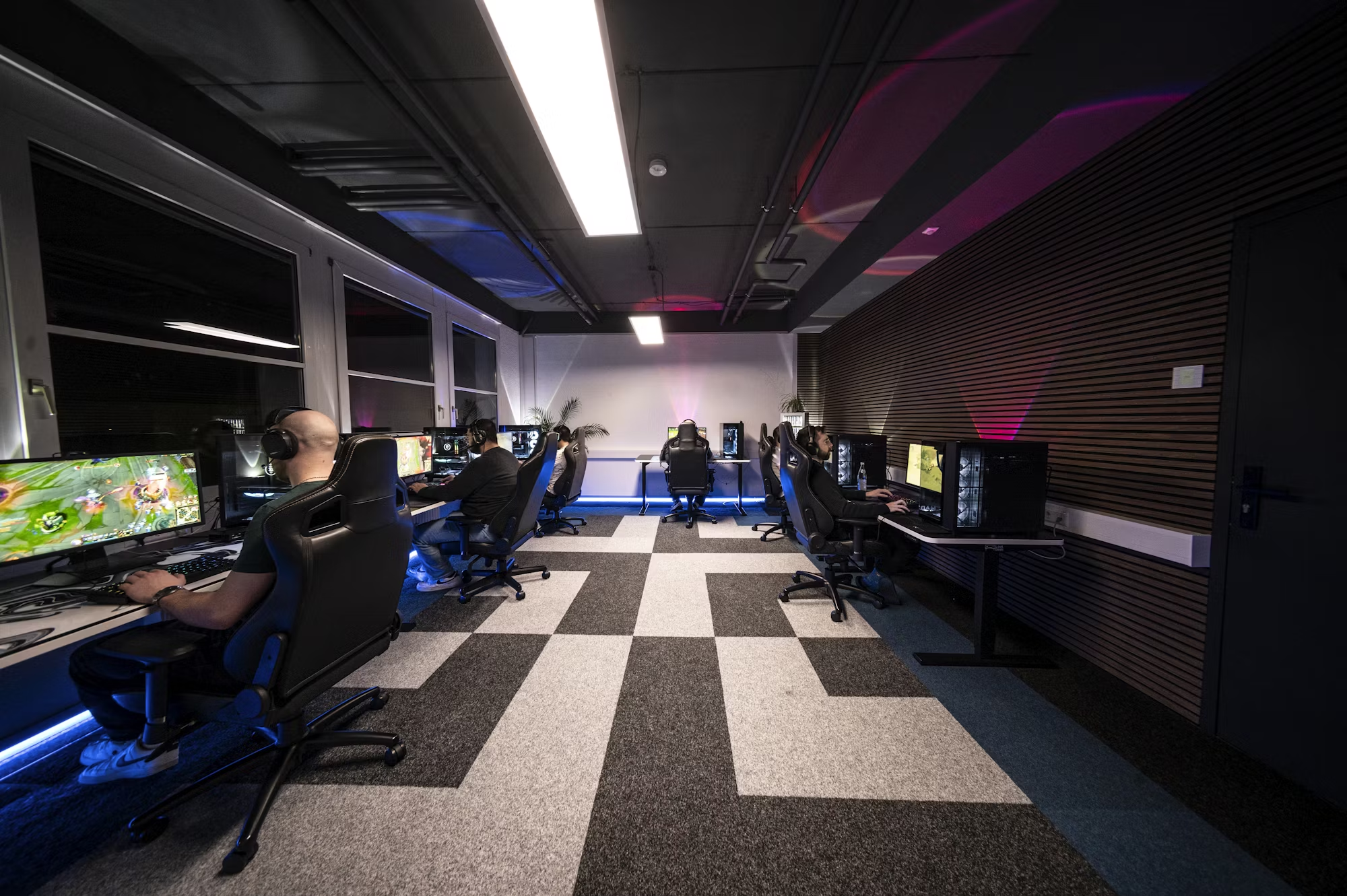Collaboration in music has long been a driving force behind some of the most memorable and groundbreaking works in the industry. From legendary partnerships to spontaneous jam sessions, the act of bringing together diverse talents creates a unique synergy that often leads to innovative sounds and fresh ideas. This article explores the art of music collaboration, highlighting its significance, benefits, and the evolving landscape in which artists unite.
Historically, collaborations have played a crucial role in shaping musical genres and movements. The fusion of different styles, cultures, and perspectives has led to the creation of new genres and subgenres, enriching the music landscape. For example, the blending of rock and rap in the late 1980s gave rise to influential artists like Run-D.M.C. and the Beastie Boys, demonstrating how cross-genre collaborations can resonate with audiences and push artistic boundaries.
In the modern music industry, collaborations are more prevalent than ever, fueled by advancements in technology and social media. Artists can now connect with one another across vast distances, making it easier to collaborate remotely. Digital audio workstations (DAWs) and cloud-based platforms allow musicians to share ideas, files, and recordings instantaneously, breaking down geographical barriers that once limited collaboration opportunities.
Moreover, social media has transformed the way artists interact and engage with their peers. Platforms like Instagram, TikTok, and Twitter enable musicians to showcase their work, seek inspiration, and reach out to potential collaborators. This interconnectedness has led to a surge in collaborations, as artists are now more willing to experiment and create alongside others.
The benefits of collaboration extend beyond mere creativity. Working with other musicians can provide valuable learning experiences and professional growth. Artists can learn new techniques, explore different genres, and expand their skill sets by collaborating with those who possess expertise in areas outside their own. This exchange of knowledge enriches the creative process and often results in a more polished final product.
Additionally, collaboration fosters a sense of community within the music industry. When artists come together to create, they often share experiences, challenges, and triumphs, forming connections that extend beyond the music itself. This camaraderie can lead to lasting friendships and professional networks, providing support and encouragement in an industry that can be both competitive and isolating.
One prominent example of successful collaboration is the dynamic partnership between artists like Ed Sheeran and Justin Bieber. Their hit single “I Don’t Care” showcases how two distinct musical styles can blend seamlessly, appealing to a broad audience. Such collaborations often attract fans from both artists’ existing followings, amplifying their reach and impact.
Moreover, collaborations are not limited to established artists. Many emerging musicians are using partnerships as a strategy to gain visibility and credibility in a crowded market. By teaming up with more recognized artists, newcomers can tap into their audiences and gain valuable exposure. This trend has led to the rise of collaborative projects, EPs, and even entire albums featuring multiple artists, further blurring the lines between genres and styles.
Despite the numerous advantages, collaboration in music is not without its challenges. Creative differences can arise, leading to disagreements over artistic direction, song structure, or production choices. However, navigating these differences can also foster growth, pushing artists to compromise and develop their ideas further. Open communication and mutual respect are essential for successful collaborations, allowing artists to harness their collective creativity while honoring individual contributions.
In addition to traditional artist collaborations, the music industry has seen a rise in cross-disciplinary projects that unite musicians with professionals from other fields. Collaborations with visual artists, dancers, and filmmakers have become increasingly common, creating immersive experiences that extend beyond music. For instance, music videos often feature stunning visuals that tell a story or evoke emotion, elevating the overall impact of a song. This multi-faceted approach to collaboration not only enriches the artistic experience but also allows for innovative storytelling within music.
As we look to the future, the potential for collaboration in music is boundless. The rise of artificial intelligence and machine learning is beginning to influence the creative process, providing artists with new tools for collaboration. AI-generated music, for instance, can serve as a starting point for musicians looking to explore fresh ideas or experiment with different sounds. While some may view AI as a threat to creativity, it has the potential to enhance collaboration by offering unique insights and suggestions.
The festival scene also highlights the power of collaboration. Events like Coachella and Glastonbury often feature surprise collaborations between artists on stage, creating unforgettable moments for attendees. These spontaneous performances showcase the magic that can happen when artists come together, celebrating the spirit of collaboration in front of live audiences.
In conclusion, collaboration in music is an art form that transcends individual talent, uniting diverse voices to create something greater than the sum of its parts. As artists continue to embrace collaboration, the music landscape will undoubtedly evolve, leading to new sounds, styles, and cultural movements. By fostering connections and encouraging creative exchanges, musicians can inspire one another and push the boundaries of what is possible in the world of music. Ultimately, collaboration is not just about making music; it’s about building a vibrant community where creativity flourishes and innovation thrives.



